Brazilian Amazon deforestation up 150% in Bolsonaro's last month

Deforestation in the Brazilian Amazon rose 150 percent in December from the previous year, according to government figures released Friday, a final bleak report for far-right ex-president Jair Bolsonaro in his last month in office.
Satellite monitoring detected 218.4 square kilometers (84.3 square miles) of forest cover destroyed in Brazil's share of the world's biggest rainforest last month, according to the national space agency's DETER surveillance program.
The area—nearly four times the size of Manhattan—was up more than 150 percent from the 87.2 square kilometers destroyed in December 2021, according to the agency, INPE.
Bolsonaro, who was replaced on January 1 by leftist President Luiz Inacio Lula da Silva, triggered an international outcry during his four years in office for a surge of fires and clear-cutting in the Amazon, a key resource in the race to curb climate change.
Under Bolsonaro, an agribusiness ally, average annual deforestation in the Brazilian Amazon rose by 75.5 percent from the previous decade.
"Bolsonaro's government may be over, but his tragic environmental legacy will still be felt for a long time," Marcio Astrini, executive secretary of the Climate Observatory, a coalition of environmental groups, said in a statement.
It was the third-worst December on record for the eight-year-old DETER program, after 2017 and 2015.
Deforestation in 2022 was also at or near record highs during the crucial dry-season months of August, September and October, when clear-cutting and fires often surge because of drier weather.
Experts say the destruction is mainly driven by farms and land grabbers clearing the forest for cattle and crops.
Lula presided over a sharp drop in deforestation when he previously led Brazil from 2003 to 2010.
He has vowed to reboot Brazil's environmental protection programs, fight for zero deforestation and ensure the South American giant stops being a "pariah" on climate issues.
© 2023 AFP
Amazon rainforest deforestation is influencing weather in Tibet

An international team of climate scientists has found evidence suggesting that deforestation in the Amazon rainforest is influencing weather in Tibet, more than 15,000 kilometers away. In their paper published in the journal Nature Climate Change, the researchers describe possible long-range impacts of deforestation of the Amazon rainforest. Valerie Livina, with the U.K.'s National Physical Laboratory, has published a News & Views piece in the same journal issue outlining the Hopf bifurcation theory and how it relates to climate tipping points and the work done by the team on this new effort.
The Amazon rainforest is considered to represent one of the world's tipping points, where small, gradual changes can eventually lead to a large, sudden, permanent change. As deforestation progresses, it edges ever closer to this tipping point, at which point scientists believe the rainforest cannot be returned to its natural state, even if all of the cutting was stopped and the trees replanted.
In this new effort, the researchers note that cutting down the forest has been going on for decades, and climate data has been gathered during the same time period. They wondered what impact the slowly diminishing rainforest might have on distant regions around the globe. To that end, they obtained and analyzed global climate data covering the years 1979 to 2019, looking for associations.
They were surprised to find that due to tree loss, warmer temperatures in the Amazon correlated with rising temperatures in Tibet and the West Antarctic ice sheet. They also found that when it rained more in the Amazon, there tended to be less precipitation in both of the other two regions.
The researchers were able to trace the route of climate change as the size of the rain forest grew smaller. Its approximate path, they saw, could be charted first to southern Africa, and then on up to the Arabian Peninsula and finally over to Tibet. The trip was found to take just a little over two weeks.
This finding, the researchers note, suggests that if a tipping point is reached in the Amazon, it could create a tipping point in Tibet, where temperatures and rainfall would be permanently impacted. They note that prior research has already shown that warming is proceeding faster in Tibet and the Arctic than the global average.
More information: Teng Liu et al, Teleconnections among tipping elements in the Earth system, Nature Climate Change (2023). DOI: 10.1038/s41558-022-01558-4
Valerie N. Livina, Connected climate tipping elements, Nature Climate Change (2023). DOI: 10.1038/s41558-022-01573-5
Journal information: Nature Climate Chang
© 2023 Science X Network

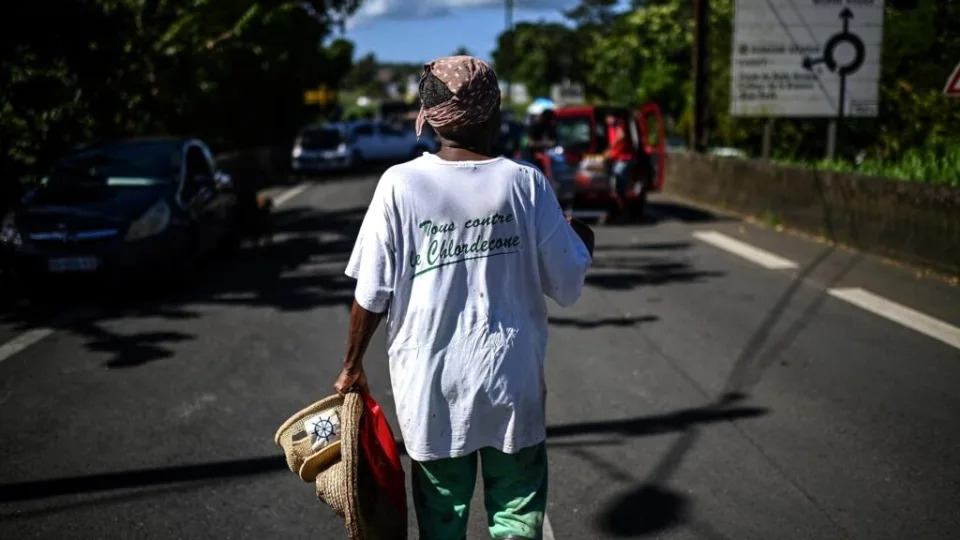
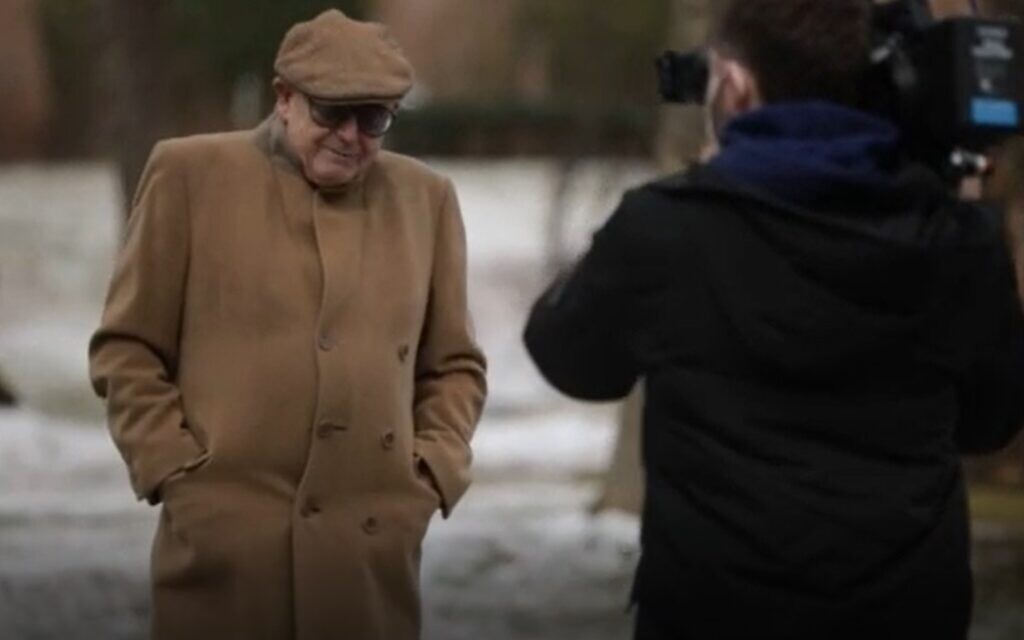
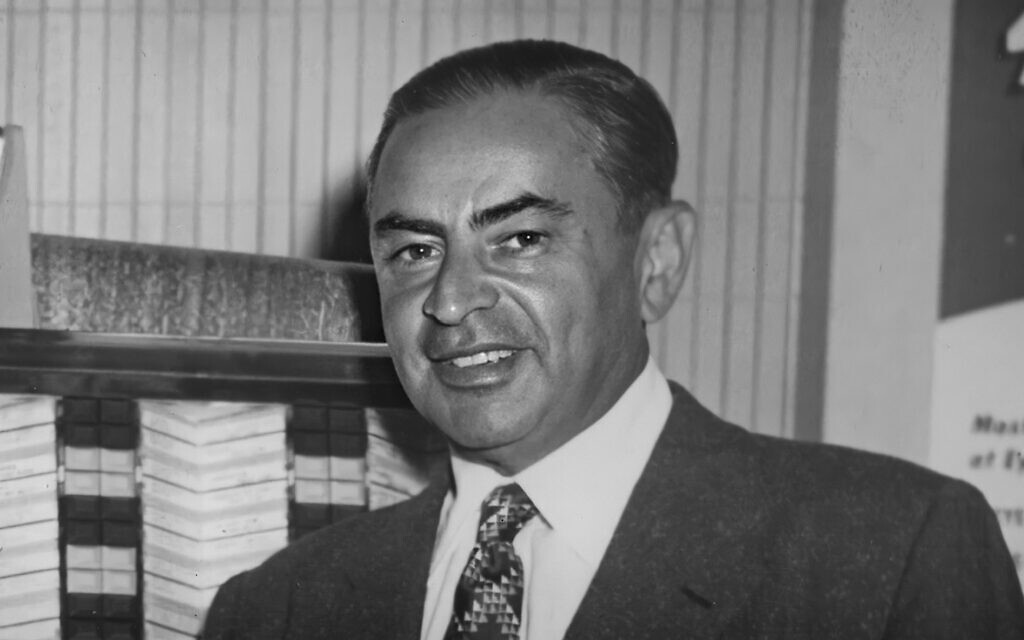
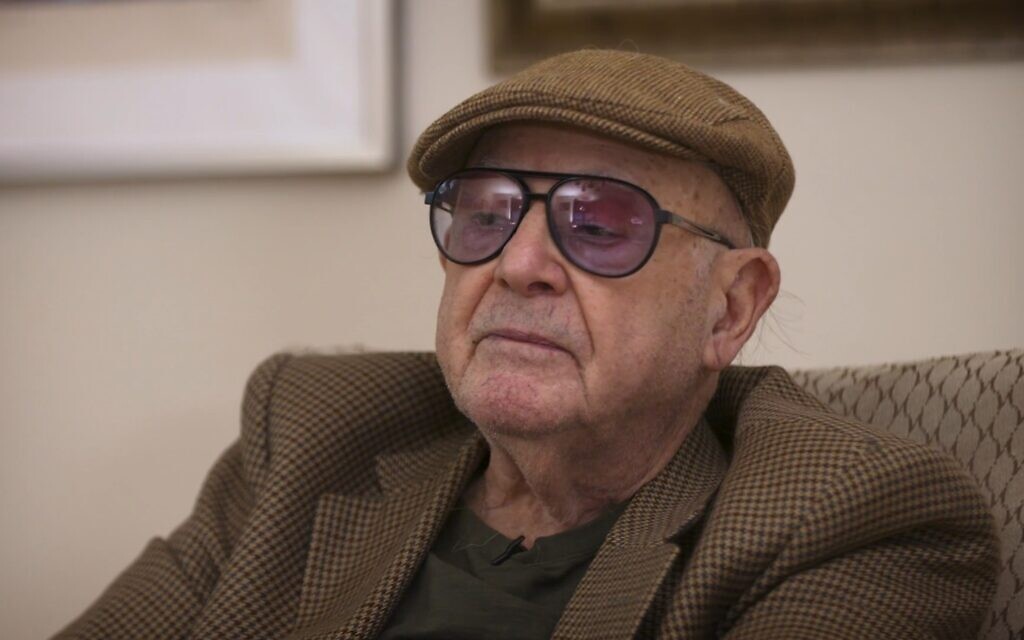
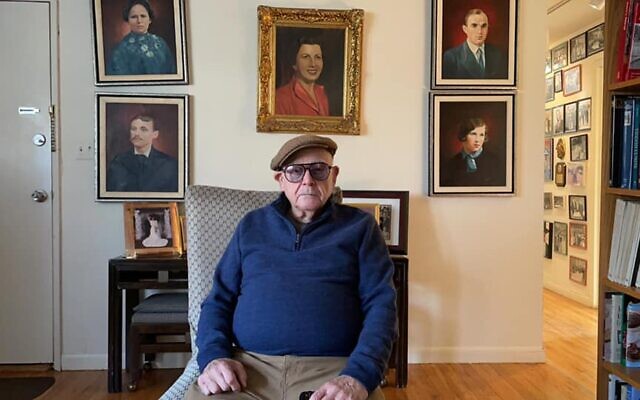
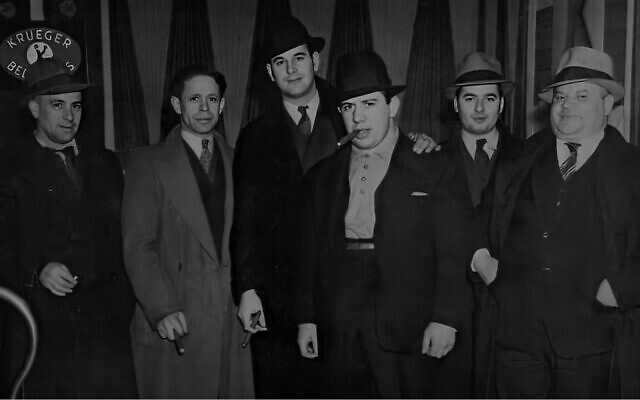
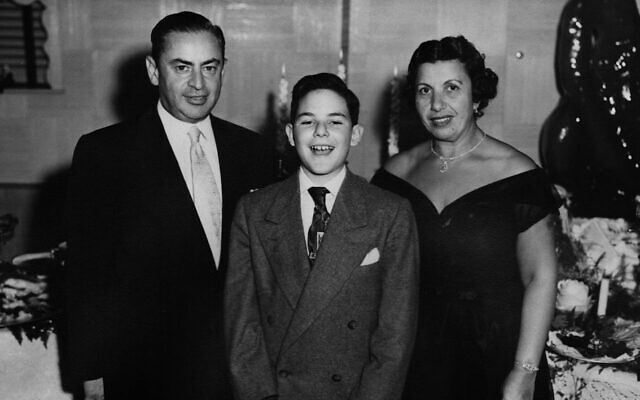

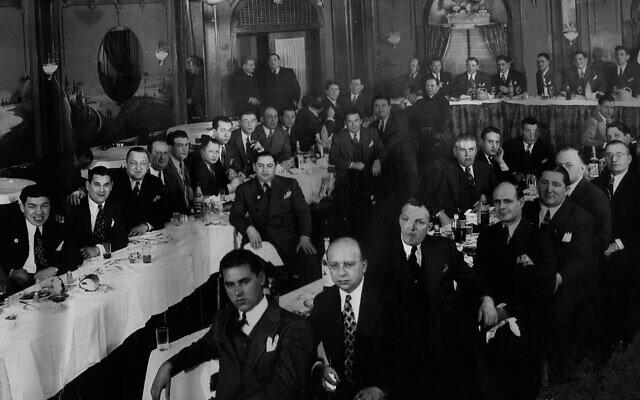
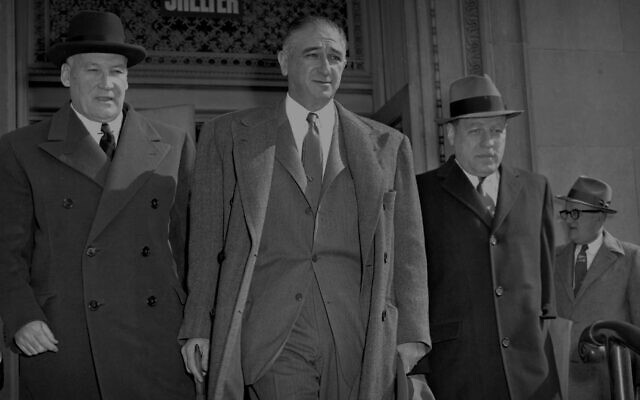
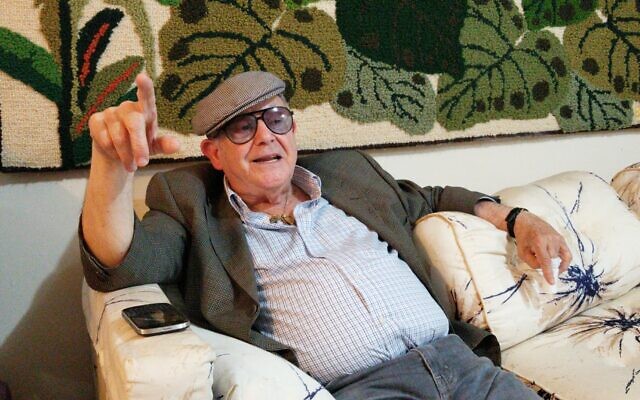





 \
\
